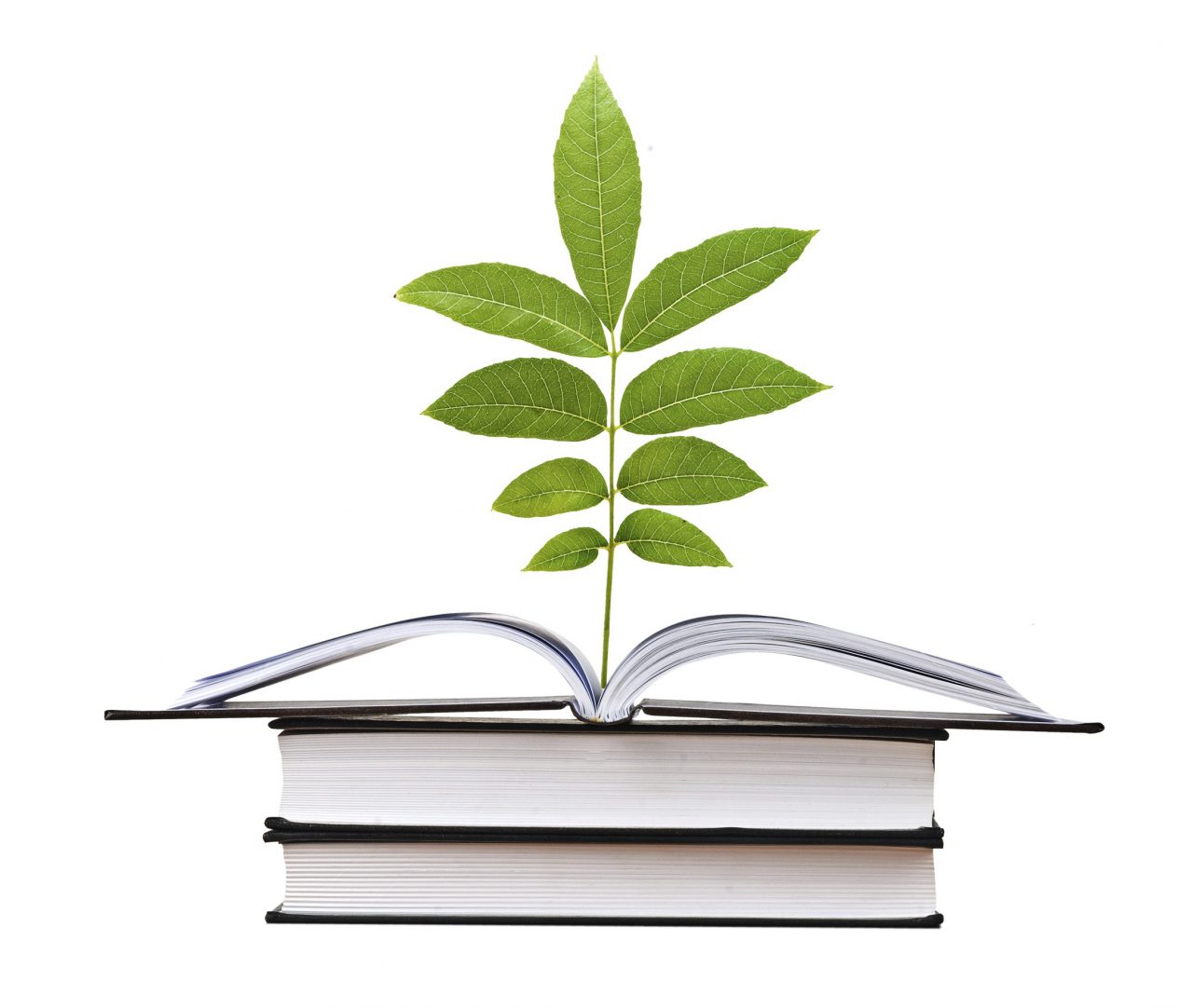It’s a sad fact of life that for most of us active gardening comes to a stop during the winter months. There is a void that appears in December, before the garden catalogues arrive and after we’ve prepared the garden for winter. Freezing temperatures, polar vortexes, and snow and sleet magically appear, leaving us to huddle by the fireplace. True, we will go out and weed out the chickweed when temperatures rise to a balmy 40 degrees, but we’re left with the feeling that our best gardening days are behind us.
So what is a gardener to do? My answer is to read about gardening. I’m not talking about “How To” books, because by this time most of us know about soil composition, the importance of compost, and have opinions on fertilizers — and that is not good reading while curled up in front of the roaring fire. What I’m talking about is reading good writers who happen to write about gardens.
Good garden writing has to include the author’s opinions. I don’t want to read a list of what grows well in a particular garden. I want to know why an author fell in love with Spigellia or why he or she considers Old Blush one of the best of the climbing roses. I want to know what a good gardener has to combat, weather-wise, when gardening in Kansas. I have spent probably about 10 minutes in Kansas, but James Roush’s blog “Garden Musings” and his book of the same title have taught me a lot about gardening, even though our climatic conditions are quite different.
I want to know a garden writer’s prejudices. Gertrude Jekyll is famous for disliking magenta, a color I’m rather fond of, and consequently she proceeded to ban its use from gardens. It took Henry Mitchell’s explanation to bolster my courage enough to try it in my own garden. Miss Jekyll loathed it because of the difference in the sunlight in the U.K. and the United States. In the low light of England, magenta manages to look drab, whereas it’s a wonderful accent color in our high-density light.
Mitchell, who for years wrote the gardening columns in The Washington Post, says wide swaths of magenta in U.S. gardens should be avoided as the color is too strong — an opinion with which I heartily concur, but then I don’t like large swaths of any color in the garden: it’s what I call the azalea effect when color becomes a blob.
Mitchell also extols the virtues of plants we tend to disparage, such as the barberry, which has a bad name especially in the Northeast. He wants us to look at the Japanese barberry with new eyes, feeling that we knock it because it grows in “dry, barren, hostile ground with no fertilizer, no spraying, no care.” Consequently, we plant it in “dismal places.” Yet the fastidious Miss Jekyll understood its virtues, with its red berries and black-red stems that serve us so well in winter.
Mitchell’s description of our treatment of the barberry raises this question: Are we ungenerous in our estimations of those plants like the Japanese barberry and the daylily, which are undemanding in their growing requirements? Would we appreciate them more if they were as finicky as the hybrid tea roses?
Good garden writers admit their mistakes and the mistakes they observe. Mitchell scrutinizes a climbing rose, American Pillar, whose owners cut it back in the fall, commenting that they will probably “snarl’ when the rose fails to bloom in the spring. This rose only blooms once; consequently if you need to prune it, you should do so right after its blooms are spent, as it blooms on old wood. Remontant roses bloom on both old and new wood, so can happily be pruned in the early spring or late winter. Now it’s impregnably burned into my brain that my Lady Banks rose — a one-timer — should be pruned in May after its bloom time, whereas Cécile Brünner needs a February haircut. What better way is there to learn?
Two garden writers I appreciate are Allen Lacy and Nancy Goodwin, who collaborated in writing one of my favorite garden books of all time, “A Year in Our Gardens.” Lacy, who lives in southern New Jersey, wrote the gardening columns for The New York Times for years, while Goodwin owns one of the most famous gardens of the Southeast in Hillsborough, N.C. Both garden in zone 7, but even if you live in a different gardening zone, this book is filled with lessons on life. Goodwin grieves over losing a magnificent white oak, while Lacy consoles her with the thought that as a youngster, this tree probably saw Redcoats on the horizon, leaving us to contemplate what tales our trees could tell us if they could only talk.
Gardeners, of course, are obsessed with the weather, and Lacy and Goodwin are no exceptions. They worry about hurricanes, get tired of the 95-degree heat combined with high humidity. And while the polar vortex is not yet in the lexicon, they both fret at how cruel spring can be to awakening plants. Intermixed with their discussion on plants is life: cataract operations, quitting smoking (Lacy), and yes, even cancer. Of course, gardening is about life – and death. As Goodwin says in one of her letters, “I realize that every garden can grow some plants that others can’t.”
And that to me is what every gardener must learn sooner or later.
Recommended books:
– James K. Roush, “Garden Musings”
– Nancy Goodwin and Allen Lacy, “A Year in Our Gardens”
– Henry Mitchell, “The Essential Earthman,” “Henry Mitchell on Gardening,” “One Man’s Garden”
– Allen Lacy, “The Gardener’s Eye,” “In a Green Shade,” “The Inviting Garden”
– Nancy Goodwin, “Montrose”









